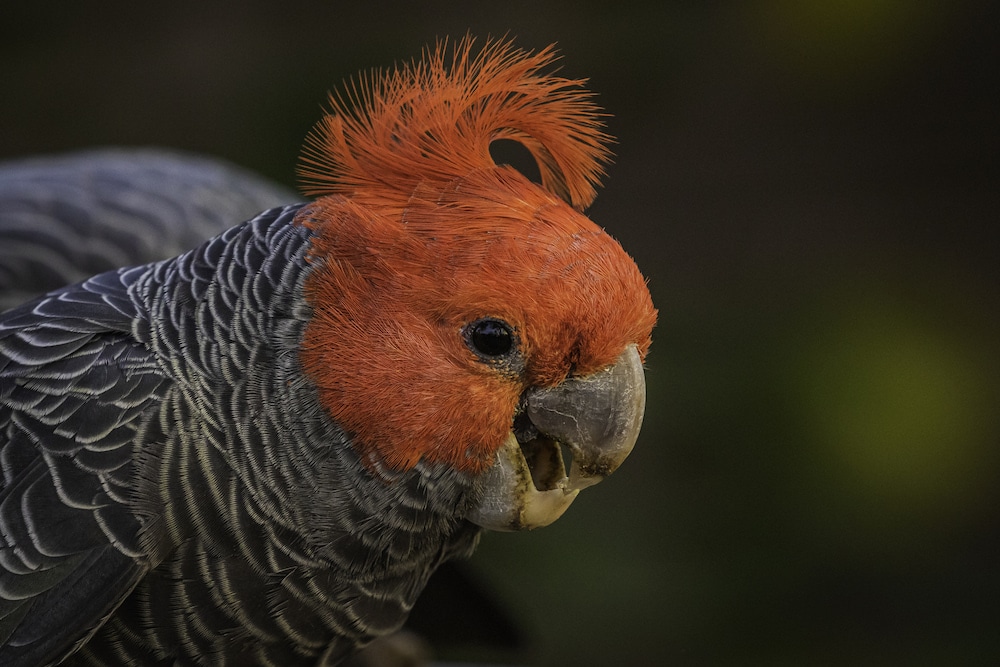The gang-gang cockatoo is the ACT’s animal emblem, but bird numbers have fallen. The ACT Government is co-ordinating national recovery efforts for the gang-gang after receiving Federal Government funding to establish and lead a national working group.
“The gang-gang cockatoo is an iconic and well-loved bird in the nation’s capital,” said Rebecca Vassarotti, ACT Minister for the Environment.
While the ACT is considered a strong-hold for the species, collaborative research between the Australian National University and ACT Government indicates there may be fewer gang-gangs in Canberra than was previously believed, Ms Vassarotti said.
“Although the causes of decline are not well understood, the primary threats to the gang-gang cockatoo include habitat loss and the impacts of climate change, which destroy mature trees and alter the availability of key foraging resources. Their decline has been exacerbated by the 2019–2020 bushfires, which burnt approximately 18 per cent of its range.”
The national working group has secured funding of $247,000 from the Federal Government to monitor gang-gangs in the ACT, Blue Mountains, and NSW south-east coast.
The working group consists of stakeholders from local and state governments, community and research institutions, and land management agencies across Australia.
Ms Vassarotti said the funding would provide the ACT with resources to investigate gang-gang’s distribution patterns and important nesting locations.
The project will:
• explore multiple monitoring strategies for understanding the distribution, density and abundance of gang-gang cockatoos;
• investigate gang-gang cockatoo habitat and nest tree selection in fire-impacted regions, including Namadgi National Park;
• relate the microclimate of gang-gang cockatoo nesting hollows to tree morphology, site attributes, and nest productivity; and
• compare the thermal properties of natural hollows with those of artificial nesting tubes installed as a post-fire recovery action.
The funding will also support citizen science activities, which Ms Vassarotti said were crucial to long-term conservation efforts.
Additional funding will help community experts expand outreach and promote digital platforms for the community to record gang-gang sightings, hollow nesting, and foraging data.
Ms Vassarotti thanked the members of the working group and the citizen scientists contributing “to our understanding of these special cockatoos”.
This work is supported by the Australian Government’s Bushfire Recovery for Wildlife and their Habitats program. For more information on conservation research in the ACT, visit the ACT Government’s Environment website.



